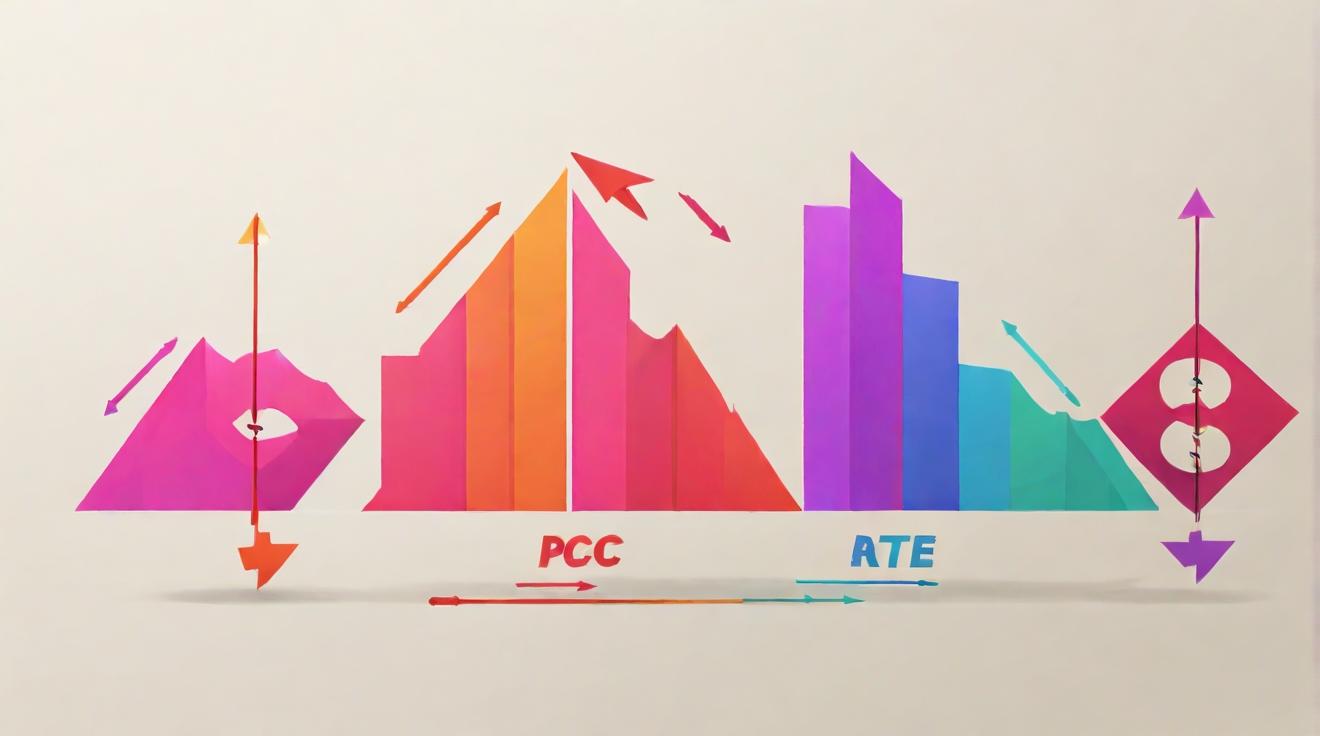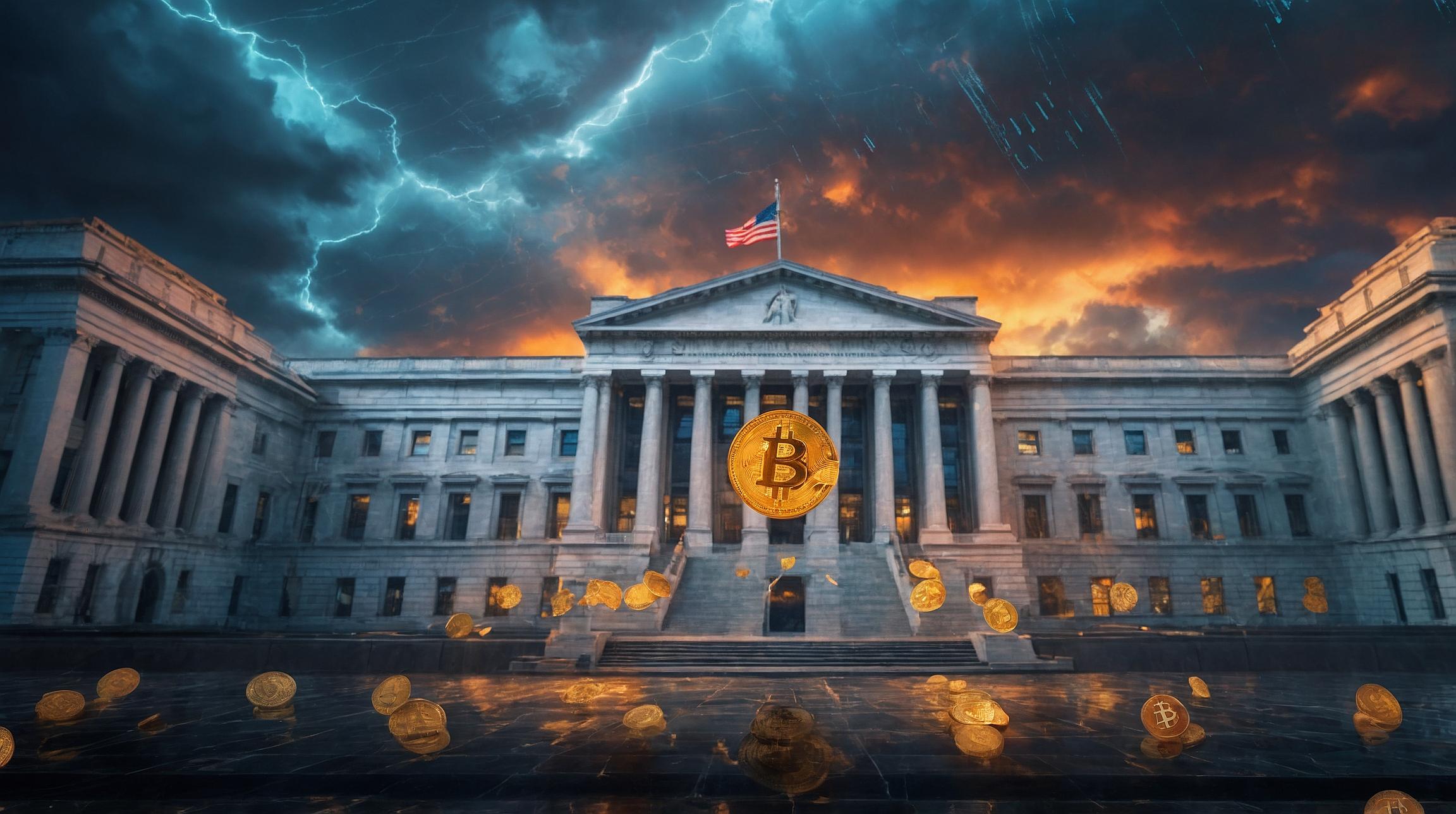Federal Reserve Signals Interest Rate Cuts Delay Amid Inflation Concerns
In recent developments, Federal Reserve Chair Jay Powell has altered the trajectory of U.S. monetary policy, suggesting that interest rates are likely to remain elevated for an extended period, contrary to previous indications of potential rate cuts in 2024. This shift is rooted in persistently high inflation figures, challenging the Fed's initial outlook.
Powell's Pronouncement and Fed Officials' Hawkish Stance
During a discourse in Washington, D.C., Powell expressed diminishing confidence in a swift attainment of the Fed's inflation targets, implying a more protracted period of high interest rates. "The recent data have clearly not given us greater confidence and instead indicate that it's likely to take longer than expected to achieve that confidence," Powell remarked, signaling a departure from earlier assurances of forthcoming rate reductions.
Moreover, Chicago Fed president Austan Goolsbee, alongside other Fed officials like New York Fed president John Williams and San Francisco Fed president Mary Daly, echoed a similar hawkish sentiment. Goolsbee, once optimistic about controlling inflation without spiking unemployment, now sees the need for patience, while Williams has rolled back on his stance regarding the imminence of rate cuts.
Market Reactions and Rate Cut Projections
The financial markets have recalibrated their expectations, shifting the anticipation of the first rate cut from mid-2024 to possibly September. This adjustment reflects a growing consensus that the Fed might only implement one or two rate cuts, a stark deviation from the six cuts envisaged at the year's onset. This reconsidered timeline, however, brings political implications, given its proximity to the presidential election in November.
Blake Gwinn, head of US rates strategy at RBC Capital Markets, now foresees a possible rate cut in December, aligning with the Fed's cautious approach towards inflation. This revised expectation is in harmony with the views of other Fed officials like Cleveland Fed president Loretta Mester, who advocates for a gradual response to the inflation scenario.
Inflation Data and Powell's Inflation Gauge
The Consumer Price Index (CPI) reported a 3.5% rise on a year-over-year basis in March, signaling an acceleration from February's figures. Such data underscores the inflationary pressures exceeding economist forecasts, thereby justifying the Fed's reticence towards immediate rate cuts. Powell also hinted at dismay over the preliminary Personal Consumption Expenditures (PCE) index figures for March, a key inflation metric closely monitored by the Fed.
Outlook and Wall Street's Perspective
Despite Powell's apparent recalibration of expectations, not all are convinced to alter their rate cut forecasts. Citi senior global economist Robert Sockin remains hopeful for a rate cut as early as June, banking on eventual progress on the inflation front.
As the Federal Reserve navigates through tumultuous inflationary waters, the financial community and policymakers alike are closely watching for any signs of economic stabilization that could prompt a shift in the current monetary policy stance. The evolving narrative underscores the delicate balance the Fed aims to strike in its quest to curb inflation while fostering economic growth.
Analyst comment
Neutral news.
As an analyst, the market is likely to experience increased uncertainty and volatility in the short term due to the Federal Reserve’s signals of delayed interest rate cuts. Investors will closely monitor inflation data and the Fed’s actions to assess the potential impact on economic growth and market stability.













